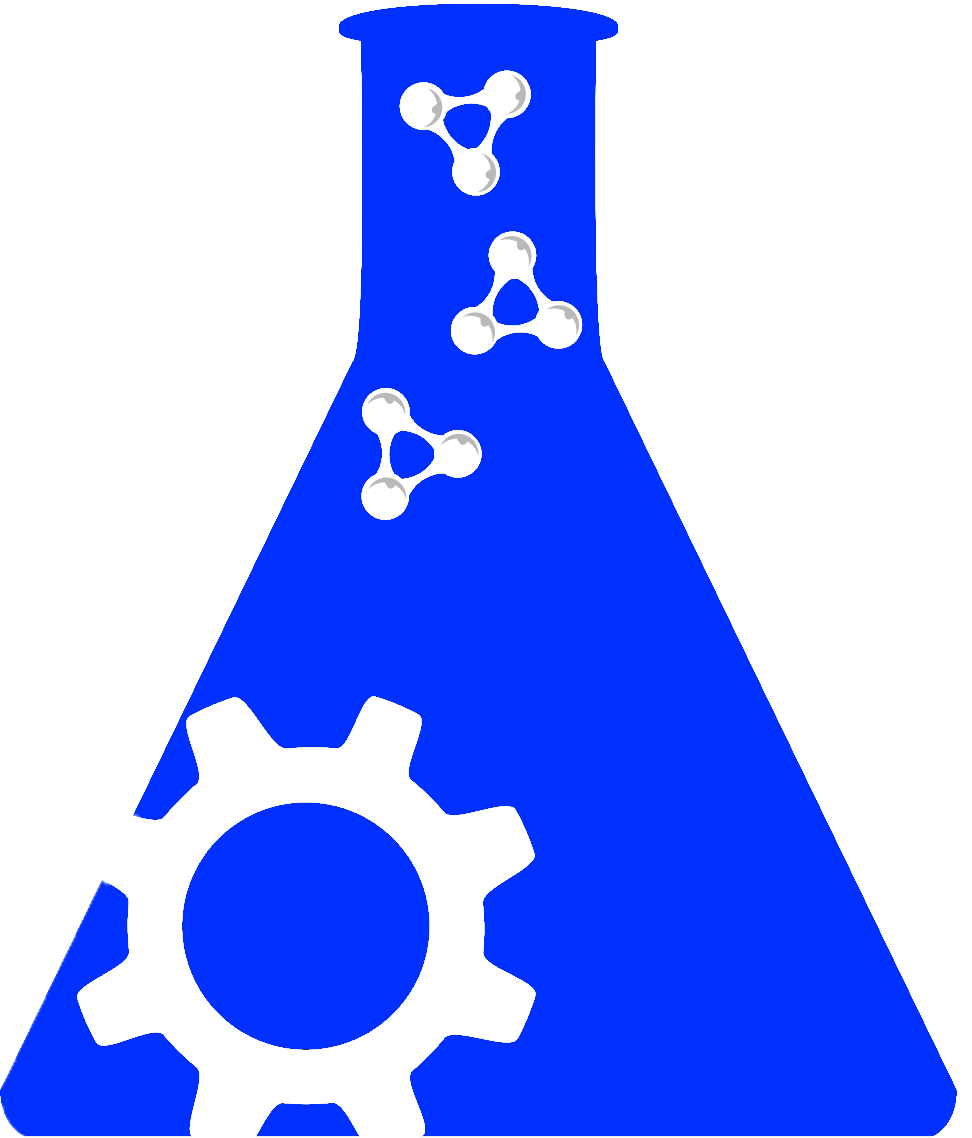Searching across hundreds of databases

Dual leucine zipper kinase (DLK) has been implicated in cell death signaling secondary to axonal damage in retinal ganglion cells (RGCs) and other neurons. To better understand the pathway through which DLK acts, we developed enhanced functional genomic screens in primary RGCs, including use of arrayed, whole-genome, small interfering RNA libraries. Explaining why DLK inhibition is only partially protective, we identify leucine zipper kinase (LZK) as cooperating with DLK to activate downstream signaling and cell death in RGCs, including in a mouse model of optic nerve injury, and show that the same pathway is active in human stem cell-derived RGCs. Moreover, we identify four transcription factors, JUN, activating transcription factor 2 (ATF2), myocyte-specific enhancer factor 2A (MEF2A), and SRY-Box 11 (SOX11), as being the major downstream mediators through which DLK/LZK activation leads to RGC cell death. Increased understanding of the DLK pathway has implications for understanding and treating neurodegenerative diseases.
Pubmed ID: 28641113 RIS Download
Publication data is provided by the National Library of Medicine ® and PubMed ®. Data is retrieved from PubMed ® on a weekly schedule. For terms and conditions see the National Library of Medicine Terms and Conditions.
This polyclonal targets GAPDH
View all literature mentionsThis unknown targets c-Jun, phospho (Ser63) II
View all literature mentionsThis monoclonal targets JUND
View all literature mentionsThis monoclonal targets Neuronal Class III beta-Tubulin (TUJ1) Purified
View all literature mentionsThis polyclonal targets MAP3K13 antibody produced in rabbit
View all literature mentionsThis monoclonal targets Human b-Tubulin, Class III
View all literature mentionsThis polyclonal targets SAPK/JNK
View all literature mentionsThis polyclonal targets MAP3K12
View all literature mentionsThis polyclonal targets MEF2A (phospho S408)
View all literature mentionsThis monoclonal targets CD90.2
View all literature mentionsThis monoclonal targets SAPK / JNK, phospho (Thr183 / Tyr185)
View all literature mentionsAllele Detail: Targeted This is a legacy resource.
View all literature mentionsAllele Detail: Targeted This is a legacy resource.
View all literature mentionsMus musculus with name C57BL/6J from IMSR.
View all literature mentionsMus musculus with name B6J.129(Cg)-Gt(ROSA)26Sortm1.1(CAG-cas9*.-EGFP)Fezh/J from IMSR.
View all literature mentionsThis monoclonal targets Human b-Tubulin, Class III
View all literature mentionsThis unknown targets c-Jun, phospho (Ser63) II
View all literature mentionsThis monoclonal targets JUND
View all literature mentionsThis polyclonal targets SAPK/JNK
View all literature mentionsThis polyclonal targets MAP3K13 antibody produced in rabbit
View all literature mentionsAllele Detail: Targeted This is a legacy resource.
View all literature mentionsThis monoclonal targets CD90.2
View all literature mentionsThis monoclonal targets Neuronal Class III beta-Tubulin (TUJ1) Purified
View all literature mentionsThis monoclonal targets Human b-Tubulin, Class III
View all literature mentionsThis polyclonal targets GAPDH
View all literature mentionsThis unknown targets c-Jun, phospho (Ser63) II
View all literature mentionsThis monoclonal targets JUND
View all literature mentionsThis polyclonal targets SAPK/JNK
View all literature mentionsThis polyclonal targets MEF2A (phospho S408)
View all literature mentionsThis polyclonal targets GAPDH
View all literature mentionsAllele Detail: Targeted This is a legacy resource.
View all literature mentionsThis polyclonal targets MAP3K12
View all literature mentionsAllele Detail: Targeted This is a legacy resource.
View all literature mentionsAllele Detail: Targeted This is a legacy resource.
View all literature mentionsThis monoclonal targets Neuronal Class III beta-Tubulin (TUJ1) Purified
View all literature mentionsThis polyclonal targets MEF2A (phospho S408)
View all literature mentionsThis monoclonal targets JUND
View all literature mentionsThis polyclonal targets MAP3K13 antibody produced in rabbit
View all literature mentionsThis polyclonal targets MAP3K12
View all literature mentionsThis monoclonal targets CD90.2
View all literature mentionsThis monoclonal targets Neuronal Class III beta-Tubulin (TUJ1) Purified
View all literature mentionsThis monoclonal targets Neuronal Class III beta-Tubulin (TUJ1) Purified
View all literature mentionsAllele Detail: Targeted This is a legacy resource.
View all literature mentionsThis monoclonal targets SAPK / JNK, phospho (Thr183 / Tyr185)
View all literature mentionsThis polyclonal targets SAPK/JNK
View all literature mentionsThis polyclonal targets MAP3K12
View all literature mentionsThis monoclonal targets JUND
View all literature mentionsAllele Detail: Targeted This is a legacy resource.
View all literature mentionsThis monoclonal targets Neuronal Class III beta-Tubulin (TUJ1) Purified
View all literature mentionsThis polyclonal targets MEF2A (phospho S408)
View all literature mentionsThis unknown targets c-Jun, phospho (Ser63) II
View all literature mentionsThis monoclonal targets Human b-Tubulin, Class III
View all literature mentionsThis monoclonal targets CD90.2
View all literature mentions